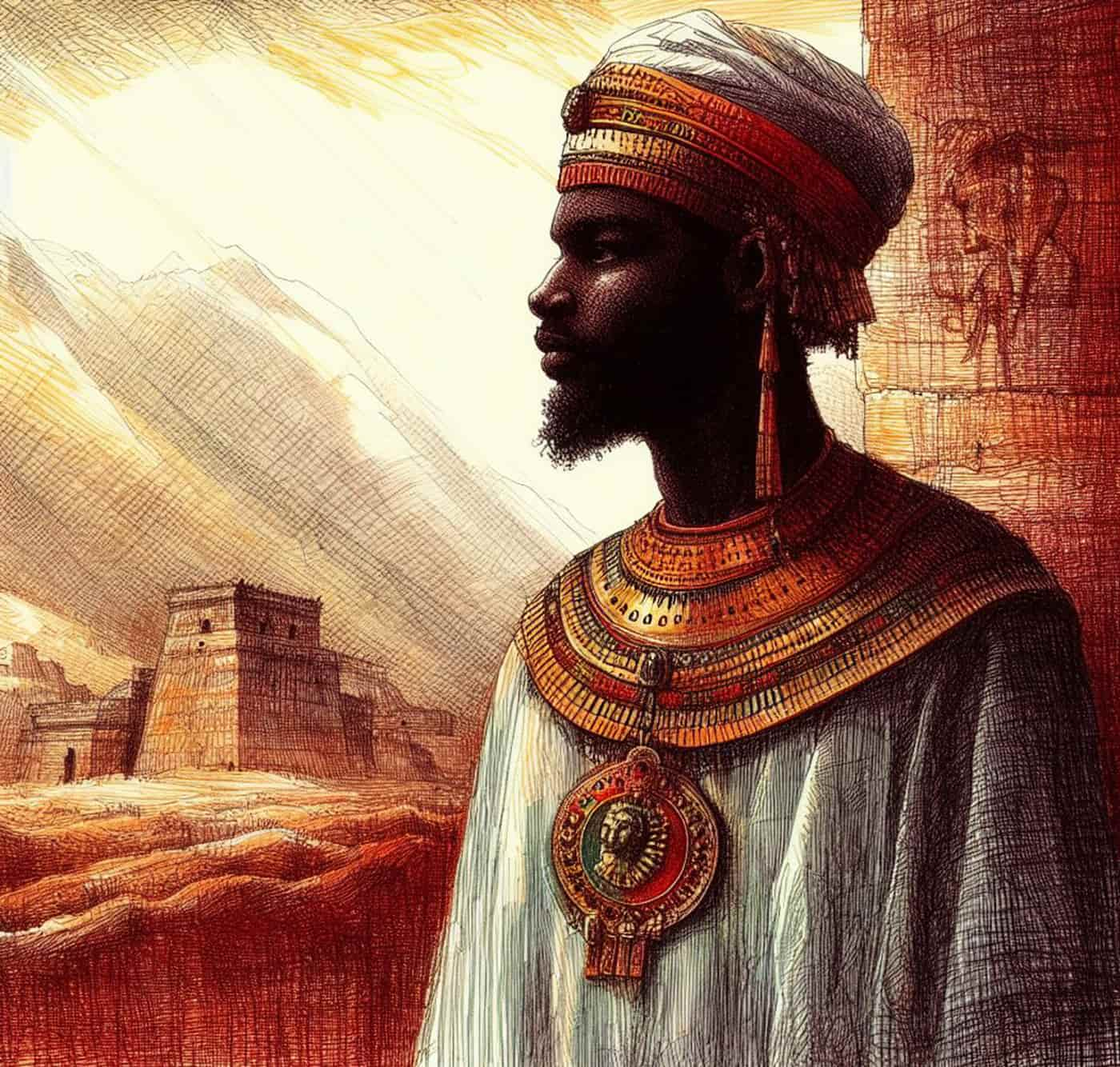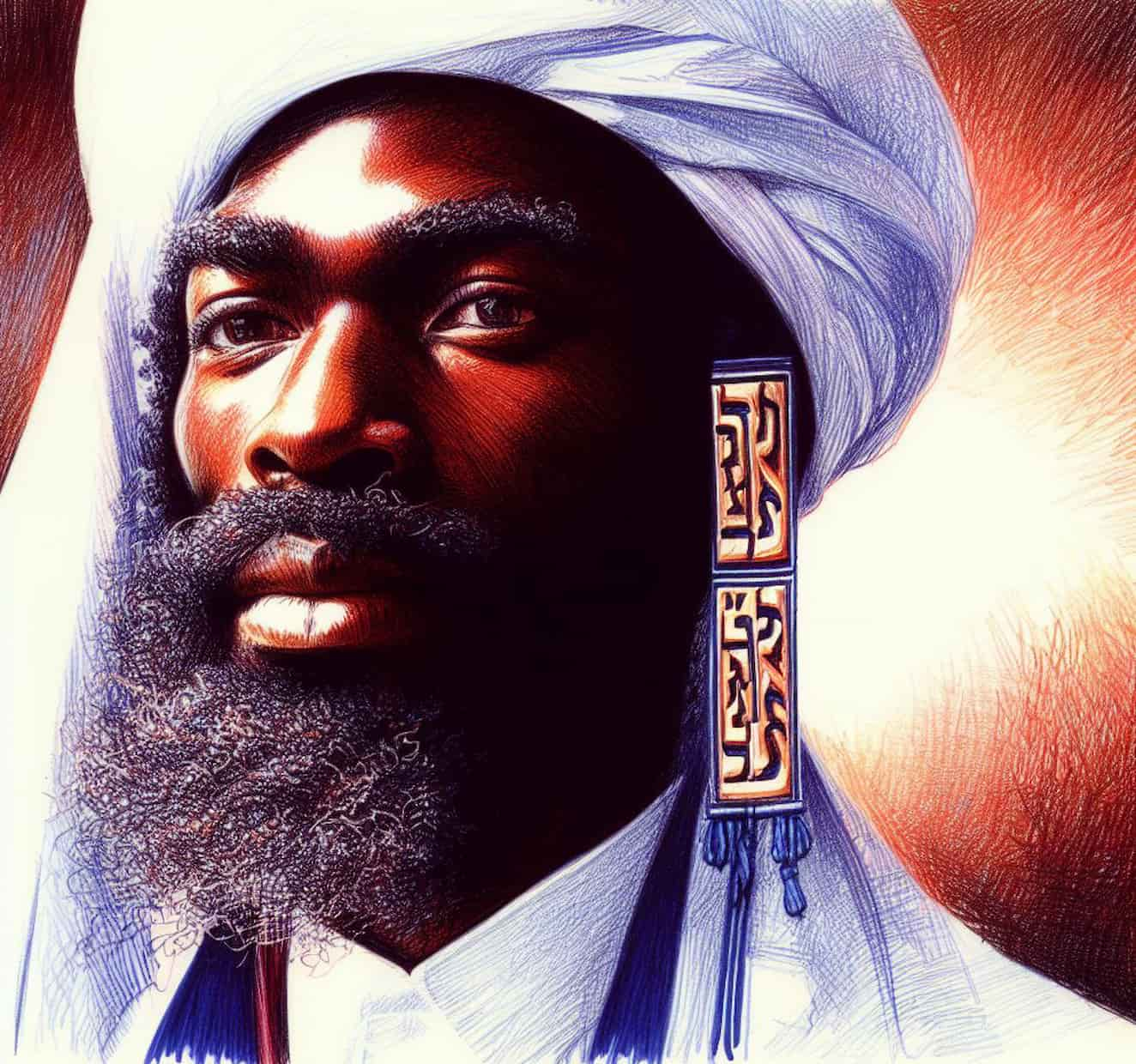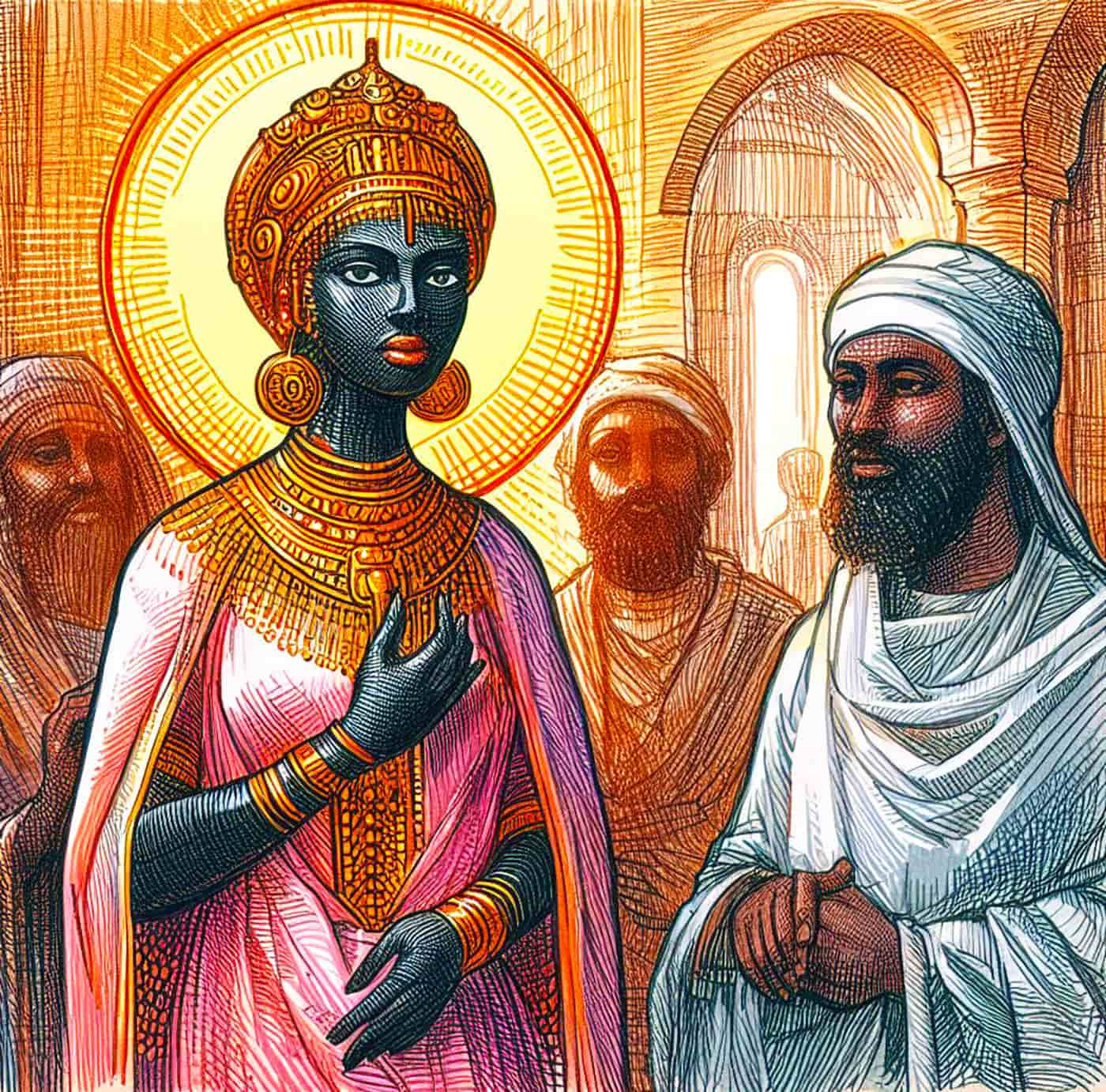From its original use in the Hebrew Bible, the word “Cushi” has come to mean a person with a very dark complexion (near black) who is of African lineage. As the 20th century drew to a close, this phrase was widely seen as racist or, at the very least, insensitive. As a word, Cushi’s negative meaning is actually subtle, although most Hebrew speakers use it in a pejorative context.
Original Meaning of the Word Cushi
Someone from Cush (possibly modern-day Sudan, the area south of Egypt) is called a “Cushi” in the Hebrew Bible. According to the Bible, Ham’s oldest son was also named Cush.
Due to an error in the translation of the Septuagint, Cush was mistakenly interpreted as Ethiopia in ancient times. The historical location of the Kingdom of Kush was in present-day Sudan, not Ethiopia.
This misunderstanding developed because the Egyptians referred to the country south of Egypt as “Cush,” while the Greeks referred to it as “Ethiopia.” This misconception was further cemented when the Coptic Kingdom of Aksum also adopted the name “Ethiopia.” Itiyopis, son of Cush, supposedly constructed the first capital of the kingdom, Mazaber, as recorded in the Book of Axum.

Usage of Cushi in History
1
The narrative of Canaan, son of Ham, being cursed by Noah can be found in the Book of Genesis in the Torah, where it is said, “Cursed be Canaan; a servant of servants shall he be to his brothers” (Genesis 9:25). The Europeans used this scripture to legitimize their treatment of black Africans as slaves, despite the fact that the original curse was aimed at Canaan and not Cush.
2
Miriam and Aaron, Moses’s siblings, are mentioned in the Book of Numbers (12:1), where it is said that the siblings spoke out “against the Cushite woman whom Moses had married.” Marrying a Cushite was taboo among the Israelites.
Instead of supporting this plain meaning of the word Cushi, the French rabbi Rashi from the 11th century offers a more nuanced interpretation: “Cushite woman [in this verse] teaches that everyone acknowledged her beauty, just as everyone acknowledges the blackness of a Cushite.” He adds, “Cushite” in gematria is used as a word for beautiful.
3
As he was about to enter Egypt, Abraham told Sarah, his wife, “I know what a beautiful woman you are.” (Genesis 12:11), and Rashi explains that this means that they had “come among black and ugly people, the sons of Cush,” and that Abraham is terrified of them because he is not accustomed to seeing black people.
4
The prophet Amos asks the Israelites, “Are ye not as children of the Ethiopians [Cushi] unto me, O children of Israel? saith the Lord.” (Amos 9:7).
5
The Midrash Tehillim suggests that King David used a pejorative name for King Saul, the son of Kish from the tribe of Benjamin, when he wrote “A shiggaion of David, which he sang to the Lord concerning Cush, a Benjamite” (Psalm 7:1).
6
The prophet Jeremiah’s inquiry, “Can an Ethiopian [Cushite] change his skin or a leopard its spots? Neither can you do good who are accustomed to doing evil.” is one of the most well-known uses of the word “Cushi” in Hebrew.
7
The phrase “The Cushite did his part; the Cushite can leave” is a well-known idiom that Friedrich Schiller coined for his play “Fiesco’s Conspiracy at Genoa” in 1783. When Isaac Salkinson produced the first Hebrew translation of “Othello: The Moor of Venice” in 1874, he titled it “Ithiel the Cushite.”
When Cushi Became a Racial Slur
Initially, the Israeli Hebrew word “Cushi” was not used in a pejorative sense. However, this has changed in recent times. Other terms, like “Schvartze” (Yiddish for “black”), also made disparaging use of skin color at the same time.
Cushi is also still being used positively in modern times. There is a “Cushi cat” in the popular 20th-century children’s book “Dira Lehaskir” by Leah Goldberg, which is sold on Amazon.
Another children’s book by the German writer Erich Kästner called “The Animals’ Conference,” translated by Miriam Yalan-Shteklis, makes reference to a “Cushi child,” among other examples.
In the 20th Century
The term “Cushi” acquired its pejorative connotations in the second part of the twentieth century. For many Israelites the word Cushi is often regarded as the most overtly racist and condescending word in the language.
This phenomenon can be attributed, in part, to the global influence of American culture. Many countries not only embraced the cultural elements of the United States but also adopted its negative attitudes and prejudices. There has been an identity created between the Hebrew word “Cushi” and the English word “Negro” in the last century.
The triumph of the African American civil rights movement in the United States during the 1960s caused the word “Negro,” formerly a suitable descriptor, to become inappropriate.
As the meaning of “Cushi” changed, so did its use in popular culture and the marketplace. Fearing it might impair ties with African nations, Kol Yisrael (Israel Radio) banned the children’s song “Kushi Kelev Kat” (Cushi Little Dog) in the 1950s. Israeli cheese, once known as “Cushi,” is now known as “Oshi,” while the chocolate-coated marshmallow treats “Krembo” was also formerly known as “Cushi.”
Cushi as a Slur Against Ethiopian Jews in Israel

The phrase Cushi Israeli was used by the Israelis for Ethiopians during their immigration to the country (“Ethiopian Aliyah”). In Ethiopian society, people of different skin tones are treated differently. Cushitic Ethiopians don’t identify as black since they’re descended from Semites, not Africans. Within Ethiopia’s borders, black Africans and Cushitic peoples lived in almost complete isolation from one another.
The Cushitic peoples (such as Habesha) also referred to people of African descent with dark complexions as “Tukur” (black). This was used by these groups, along with the Europeans, to enslave non-Cushitic Africans in Ethiopia (in Amharic, the Semitic language of Ethiopia, “Bariya” means “slave”).
About 5 million black Africans were killed by Emperor Menelik II (King of Shewa and Emperor of Ethiopia) with the involvement of Ethiopia in the imperialist race to control Africa.
Since Ethiopian people of varied skin tones were treated quite differently, Ethiopians (including Jews) often referred to themselves as brown (“Teim” in Amharic) or even red (“Kai”) if they were of a lighter complexion tone, rather than black (“Tukur”). People who identified as “black” were part of the slave content community. This provides context for their extreme sensitivity to the derogatory term “Cushi” in Israel.






